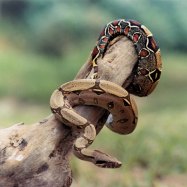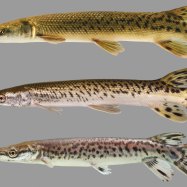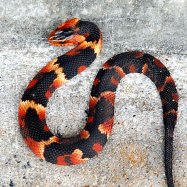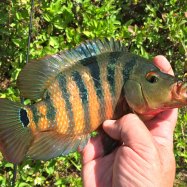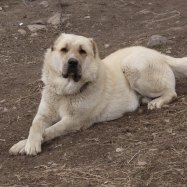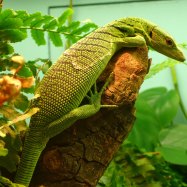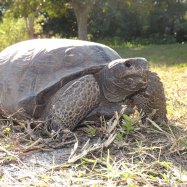
Keta Salmon
Up to 3 feet
Keta Salmon, also known as chum salmon, can grow up to 3 feet long and are found in the Pacific Ocean and Bering Sea. They belong to the same family as other salmon and have a streamlined, elongated body shape. These resilient fish are important for both commercial and recreational fishing, making them an integral part of the marine ecosystem. #KetaSalmon #PacificOcean #BeringSea #Salmonidae
Animal Details Summary:
Common Name: Keta Salmon
Kingdom: Animalia
Habitat: Freshwater, saltwater
The Marvelous World of Keta Salmon
The world's oceans are full of awe-inspiring creatures. From the majestic blue whale to the colorful clownfish, there is no shortage of magnificent marine life. However, one species that often goes unnoticed is the Keta Salmon. This incredible fish may not be as flashy as its tropical counterparts, but it has a unique set of characteristics that make it a remarkable creature worthy of exploration Keta Salmon.Keta Salmon, scientifically known as Oncorhynchus keta, commonly referred to as Chum Salmon or simply Keta, is a member of the Salmonidae family, also known as the salmonids. These types of fish are typically found in the Pacific and Atlantic Oceans, with Keta Salmon being predominantly found in the North Pacific region.
As a member of the Animalia Kingdom and Chordata Phylum, Keta Salmon is a vertebrate, meaning it has a backbone and a well-developed skeleton. They belong to the Actinopterygii class, characterized by their ray-finned fins, and the Salmoniformes order, which includes all types of salmon. What makes the Keta Salmon different from other species in the Salmonidae family is its unique set of features that have allowed it to thrive in its natural habitat.
One of the most intriguing aspects of Keta Salmon is its dualistic nature when it comes to its habitat. This species inhabits both freshwater and saltwater environments, making it classified as an anadromous fish. This means that it is born in freshwater, spends most of its adult life in saltwater, and returns to freshwater to spawn and reproduce. The freshwater habitat is often a river or a stream, while saltwater habitats include the Pacific Ocean and the Bering Sea King Quail.
With its carnivorous feeding habits, Keta Salmon plays a vital ecological role by keeping fish populations in check. To obtain their diet, which consists of smaller fish, crustaceans, and copepods, Keta Salmon exhibits remarkable migratory behavior. They can travel over 2000 miles to reach their preferred feeding grounds, where they will feast and grow until it is time to return to their freshwater spawning grounds.
Keta Salmon is indigenous to Russia, where a considerable population is found in the Kamchatka region. However, their geographical distribution extends to the coastal regions of the North Pacific, including Canada, Japan, and the United States. With numbers in the millions, these fish are essential to the local economies of these countries, as they are a valuable commercial and recreational catch.
One of the most striking physical features of Keta Salmon is its silver-blue coloration, which is a result of their marine diet. As they migrate from the freshwater to the saltwater environment, their bodies undergo a transformation as they adapt to life at sea. They have a streamlined, elongated body shape, which makes them efficient swimmers, allowing them to travel long distances without exerting too much energy. With a length of up to 3 feet, Keta Salmon can weigh up to 30 pounds, making them one of the larger species of salmon.
One might wonder, what is so remarkable about a fish that is commonly used for its meat? Well, apart from its physical characteristics and ecological significance, Keta Salmon also boasts an interesting cultural and historical background. Indigenous communities and tribal groups that have lived in the Pacific Northwest for centuries have long relied on salmon for sustenance and cultural rituals. In particular, the Pacific Coast Salish peoples have a deep connection to Keta Salmon, often incorporating the fish in their art, songs, and dances.
From an ecological, cultural, and historical perspective, Keta Salmon is a species that deserves recognition and protection. Their abundance in the North Pacific is crucial to maintaining a balanced marine ecosystem, and their cultural significance adds a deeper layer of appreciation for these incredible fish.
In conclusion, the Keta Salmon is a true marvel of nature. Its unique characteristics and dualistic habitat make it a species worth learning about and appreciating. From its migratory behavior to its silver-blue coloration, this fish has captured the attention of scientists and admirers alike. As our understanding of marine life continues to evolve, one can only hope that Keta Salmon will continue to thrive and remain a beautiful and essential part of our oceans.

Keta Salmon
Animal Details Keta Salmon - Scientific Name: Oncorhynchus keta
- Category: Animals K
- Scientific Name: Oncorhynchus keta
- Common Name: Keta Salmon
- Kingdom: Animalia
- Phylum: Chordata
- Class: Actinopterygii
- Order: Salmoniformes
- Family: Salmonidae
- Habitat: Freshwater, saltwater
- Feeding Method: Carnivorous
- Geographical Distribution: North Pacific Ocean
- Country of Origin: Russia
- Location: Pacific Ocean, Bering Sea
- Animal Coloration: Silver-blue
- Body Shape: Streamlined, elongated
- Length: Up to 3 feet
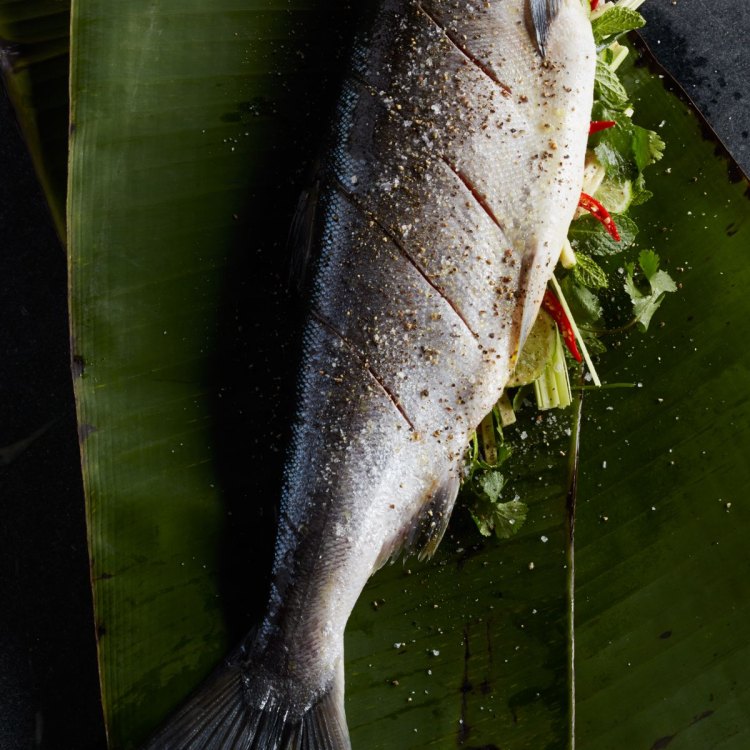
Keta Salmon
- Adult Size: 40-52 inches
- Average Lifespan: 3-5 years
- Reproduction: Anadromous
- Reproductive Behavior: Spawning
- Sound or Call: None
- Migration Pattern: Long-distance migration
- Social Groups: Solitary
- Behavior: Nomadic, aggressive during spawning
- Threats: Overfishing, habitat loss, pollution
- Conservation Status: Least Concern
- Impact on Ecosystem: Key species, important prey
- Human Use: Commercial and recreational fishing
- Distinctive Features: Large size, hooked jaws
- Interesting Facts: Also known as chum salmon
- Predator: Orcas, humans
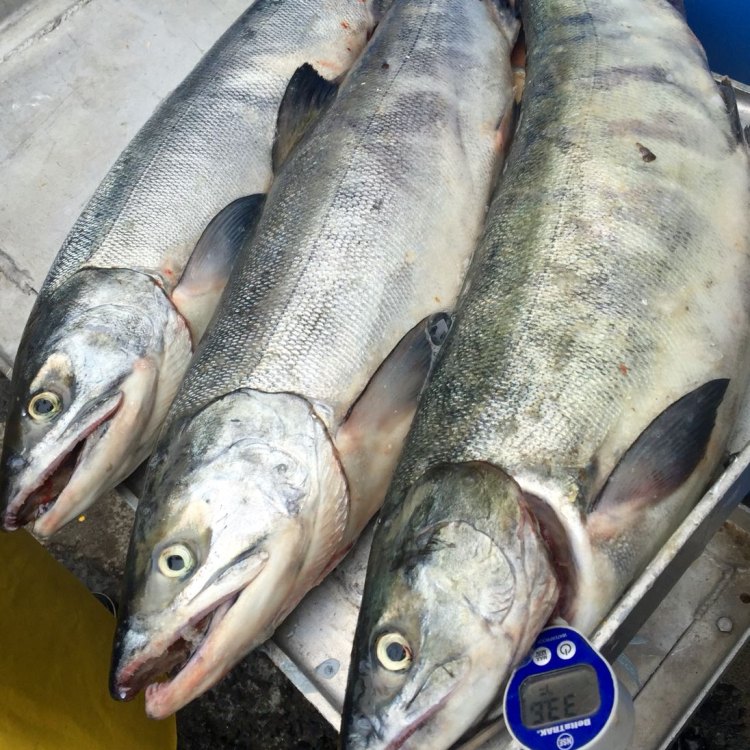
Oncorhynchus keta
The Fascinating Life of Keta Salmon
The ocean is full of wonders, with various creatures swimming and living in its vast waters. One of these creatures is the Keta Salmon, also known as chum salmon. This species of salmon has a unique lifecycle and plays a crucial role in its ecosystem. With its distinctive features and interesting behaviors, the Keta Salmon is a fascinating creature that deserves our attention PeaceOfAnimals.Com. In this article, we will explore the life and characteristics of the Keta Salmon, and understand its importance to the ocean and beyond.The Basics: Size, Lifespan, and Reproduction
The Keta Salmon, scientifically known as Oncorhynchus keta, is a species of salmon found in the Pacific Ocean. They can grow up to 40-52 inches in size, making them one of the largest species of salmon. As adults, they have an average lifespan of 3-5 years before dying after spawning. Unlike other salmon species that can live up to seven years, the Keta Salmon's lifespan is relatively shorter.Like other species of salmon, the Keta Salmon is anadromous, which means they migrate from saltwater to freshwater for spawning. This reproductive behavior is unique to most salmon species, and it is crucial for their survival. During the spawning process, female Keta Salmon lay their eggs in shallow ditches in freshwater streams, and male salmon fertilize them. Afterward, the adult salmon die, and the eggs hatch into juvenile salmon, also known as fry, which then migrate back to the ocean Keel Billed Toucan. This cycle repeats when the juvenile salmon reach maturity and return to freshwater to spawn.
Migratory Patterns, Social Behaviors, and Threats
Keta Salmon have a long-distance migration pattern, covering thousands of miles during their lifetime. They travel from their home in the Pacific Ocean to freshwater streams for reproduction. After spawning, the juvenile salmon migrate back to the ocean, where they spend most of their lives, moving in search of food and suitable habitats.Unlike other salmon species that form schools and travel together, Keta Salmon are solitary creatures. They are mostly found alone, except during spawning season, where they become more aggressive towards each other. This aggression is due to the competition for mates and spawning grounds. However, outside of the spawning season, they are nomadic, constantly moving in search of food. This behavior allows them to adapt to changing environmental conditions, making them resilient and adaptable.
Unfortunately, the Keta Salmon population is facing several threats, including overfishing, habitat loss, and pollution. Despite being classified as "least concern" by the International Union for Conservation of Nature (IUCN), the population of Keta Salmon is declining. Overfishing, especially during the spawning season, has a significant impact on their numbers. Habitat loss, such as the destruction of spawning grounds due to development and pollution from human activities, also affects their population. It is essential to address these threats and protect the Keta Salmon to maintain a healthy ocean ecosystem.
The Impact on Ecosystems and Human Use
Keta Salmon play a vital role in the ocean's ecosystem, and their declining population can have severe consequences. As a key species, they are an essential prey for many predators, including orcas and humans. Their annual migration from saltwater to freshwater and back also has a significant impact on the ocean's nutrient cycle, as they transport nutrients from the ocean to freshwater and vice versa. In some instances, Keta Salmon can also act as an indicator species, reflecting the health of the ocean and its ecosystem.Humans have been using Keta Salmon as a source of food for centuries. Commercial fishing for Keta Salmon is prevalent, especially in Southeast Asia and Russia, where they are considered an important food source. Recreational fishing for this species has also gained popularity, with many anglers enjoying the thrill of catching a large, powerful Keta Salmon. However, it is essential to regulate fishing activities to protect the population and maintain a balance in the ocean's ecosystem.
The Distinctive Features and Interesting Facts of Keta Salmon
The Keta Salmon has some unique characteristics that distinguish them from other salmon species. Their large size, reaching up to 52 inches in length, is one of the most distinctive features. They also have hooked jaws, which they use to catch and hold onto their prey. These features make them impressive and formidable creatures in the ocean.Interestingly, Keta Salmon also have an alternate name - chum salmon. This name originated from the Chinook language, a Native American language used by the people of the Pacific Northwest. In this language, chum means "spotted" or "marked," which describes the appearance of the salmon during the spawning season. As they approach freshwater to spawn, their body changes color, becoming dark red or black with spots, making them resemble the markings of a chum.
The Keta Salmon's Predators and Survival
In the vast ocean, Keta Salmon face several threats from predators, both from the animal kingdom and humans. Some of their natural predators include orcas, seals, sea lions, and bears. These predators can significantly impact the Keta Salmon's population, especially during their migration and spawning season. With their long-distance migration and solitary lifestyle, Keta Salmon are vulnerable to predators, and their resilience is essential for their survival.Aside from natural predators, humans also pose a threat to Keta Salmon. Overfishing, pollution, and habitat loss all contribute to the decline of their population. However, there are conservation efforts in place to protect this species and maintain a healthy balance in the ocean's ecosystem. These efforts include regulating fishing activities, protecting spawning grounds, and raising awareness about the importance of preserving this unique species.
The Importance of Protecting Keta Salmon
The declining population of Keta Salmon is a cause for concern, as it can have adverse effects on the ocean and beyond. As a key species, they play a crucial role in maintaining a healthy ecosystem. Their annual migration from saltwater to freshwater provides vital nutrients, and their survival is connected to the health of the ocean. By protecting Keta Salmon, we are also protecting other marine species and maintaining a balance in the ocean's delicate ecosystem.In Conclusion
The Keta Salmon is a remarkable and fascinating species that deserves our attention and protection. Their unique lifecycle, distinctive features, and impact on the ecosystem make them a valuable part of the ocean. As humans, it is our responsibility to ensure that this species continues to thrive and play its essential role in the ocean. By addressing the threats they face and taking necessary conservation measures, we can help preserve the rich and diverse life in our oceans, including the majestic Keta Salmon.
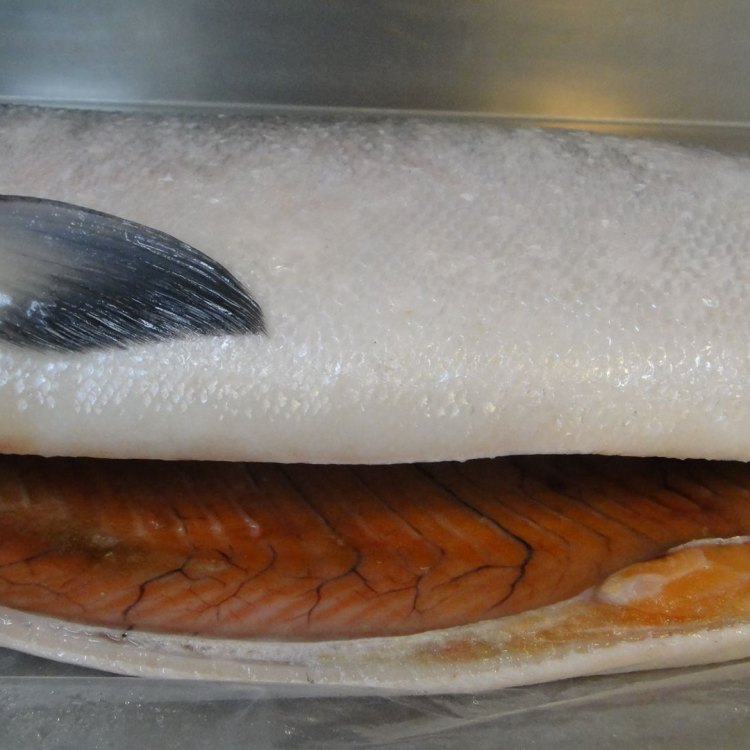
The Marvelous World of Keta Salmon
Disclaimer: The content provided is for informational purposes only. We cannot guarantee the accuracy of the information on this page 100%. All information provided here may change without prior notice.


